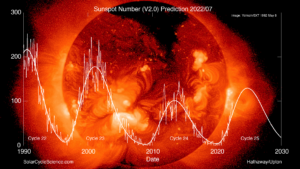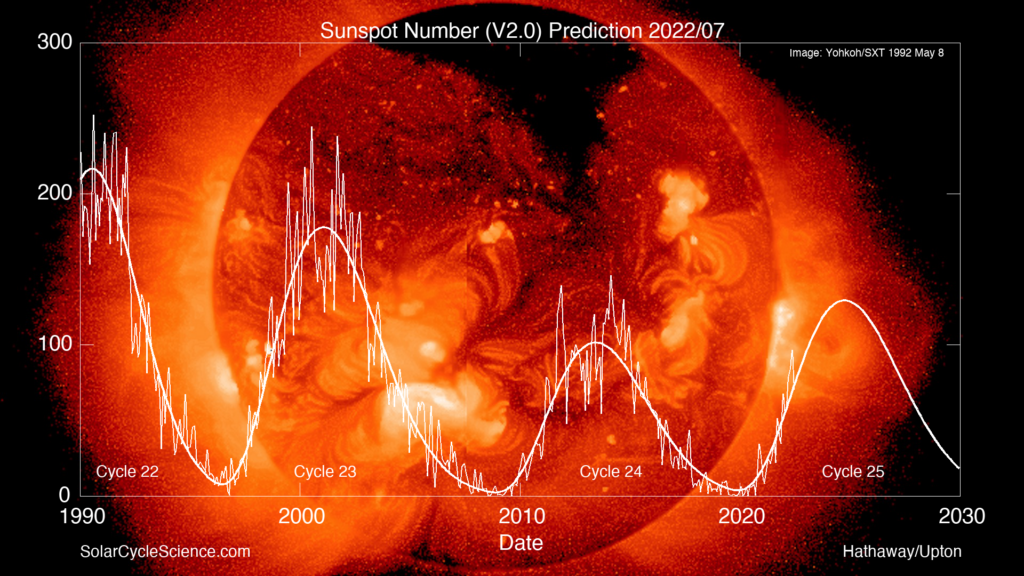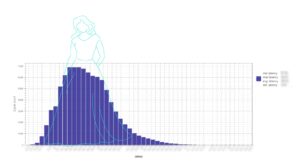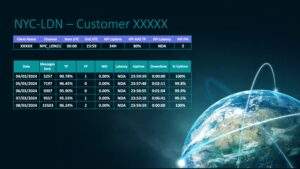HF-based links availability
HF links are wireless connections stretched between 2 antennas thousands of kilometers apart, crossing lands and oceans, transferring signals using the reflective nature of the skies for HF (shortwave) radio.
The sky is the “cable” for HF transmission, constantly changing. The reflective characteristics of the sky change during a day-night cycle, over seasons with changing daylight hours, and during an 11-year solar cycle exposing sunspots and varied energy to Earth.
How do these physical phenomena affect service availability and performance, including latency? What availability do HF-based links deliver? And are we on a good trend with the solar cycle now? (Spoiler: Yes!).
Let’s review one phenomenon at a time.
#1 – Day-night cycle
In short, the ionosphere is ionized by solar radiation, forming layers at different altitudes above Earth (50-200km); these layers appear and change during the day. As a result, the propagation of radio signals varies.
Operators of HF-based communications must alter the frequencies they use during the day to adjust to the changing skies. The operation becomes more complex with links stretched between distant cities, with different time zones and daylight hours. Finding the best radio frequency to fit the entire travel end-to-end, hitting skies found in various conditions along the path is tricky and requires experience, high skill, and tools. Establishing a connection at every hour of the day may not always be possible.
#2 – Seasonal, yearly cycle
Simply put, the impact of the day-night cycle is more acute in seasons when the overlap between daylight hours at the transmit and receive sites is minor as in winter (Referring here to winter in the US as we have links that stretch between the northern and southern hemispheres 😉)
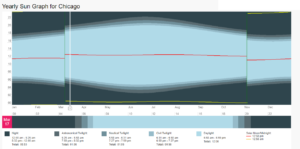
What availability or uptime can HF-based links provide?
As you can already tell, managing a “cable in the skies” is complex. Availability is a primary factor we are constantly working on to improve. When Raft started its commercial service a few years ago, links provided only a few hours of service per day.
Availability and uptime have significantly improved with the development of methodologies and tools, and we are now operating the links 24h. It is possible to establish 24 hours of uptime daily in good conditions and significant uptime and performance even in challenging conditions.
And it only gets better…
#3 – Solar 11-year cycle
The Sun goes through 11-year cycles of magnetic activity measured in terms of variations in the number of observed sunspots on the Sun’s surface. The higher the number of sunspots, the more reflective the sky would be to HF radio.
The current solar cycle began in 2020; the sunspot number was minimal. The number of sunspots would peak in late 2026.
So, the HF-based data links domain is getting a solid backwind with the solar cycle helping to push performance levels we saw recently to new heights!
